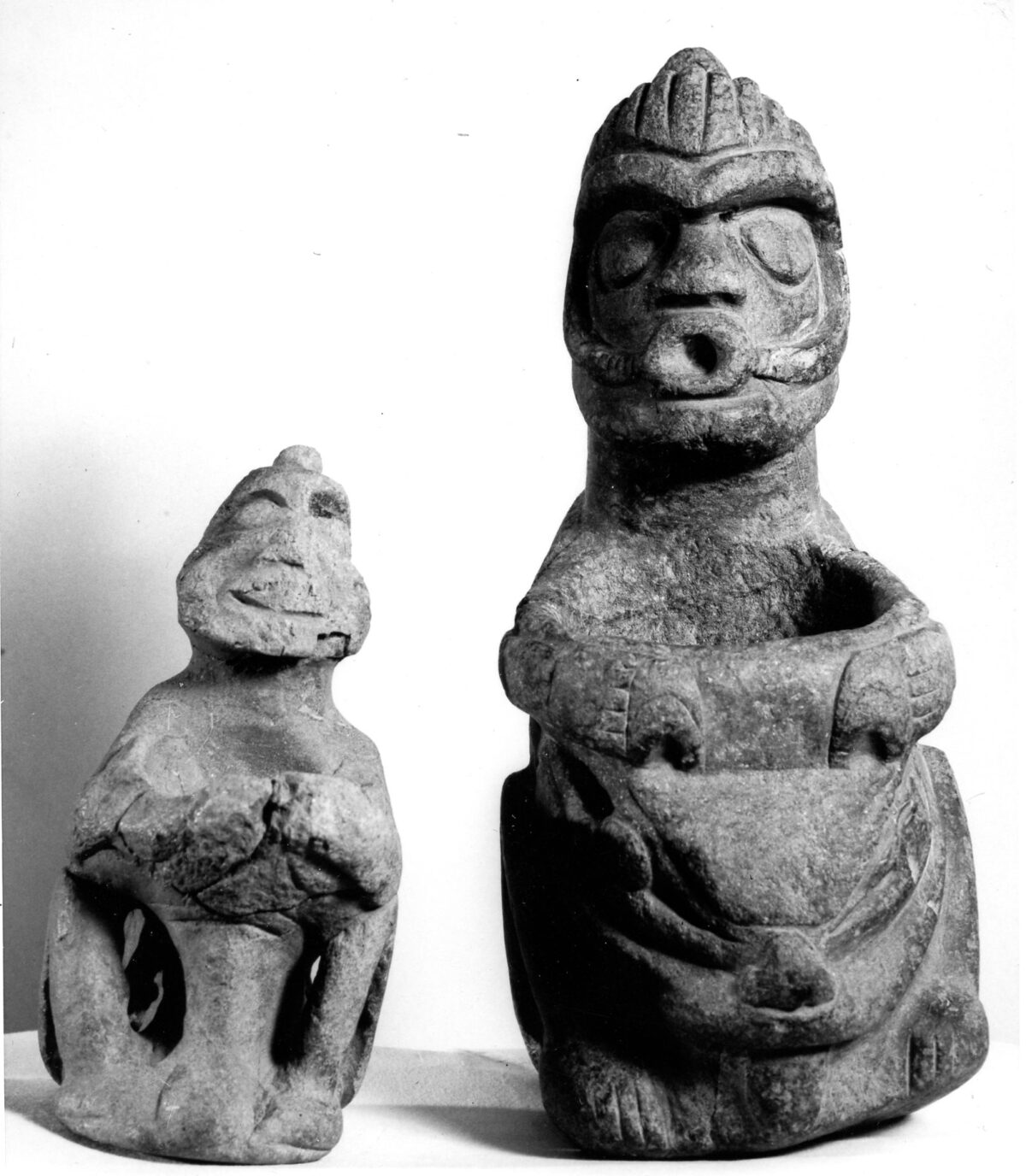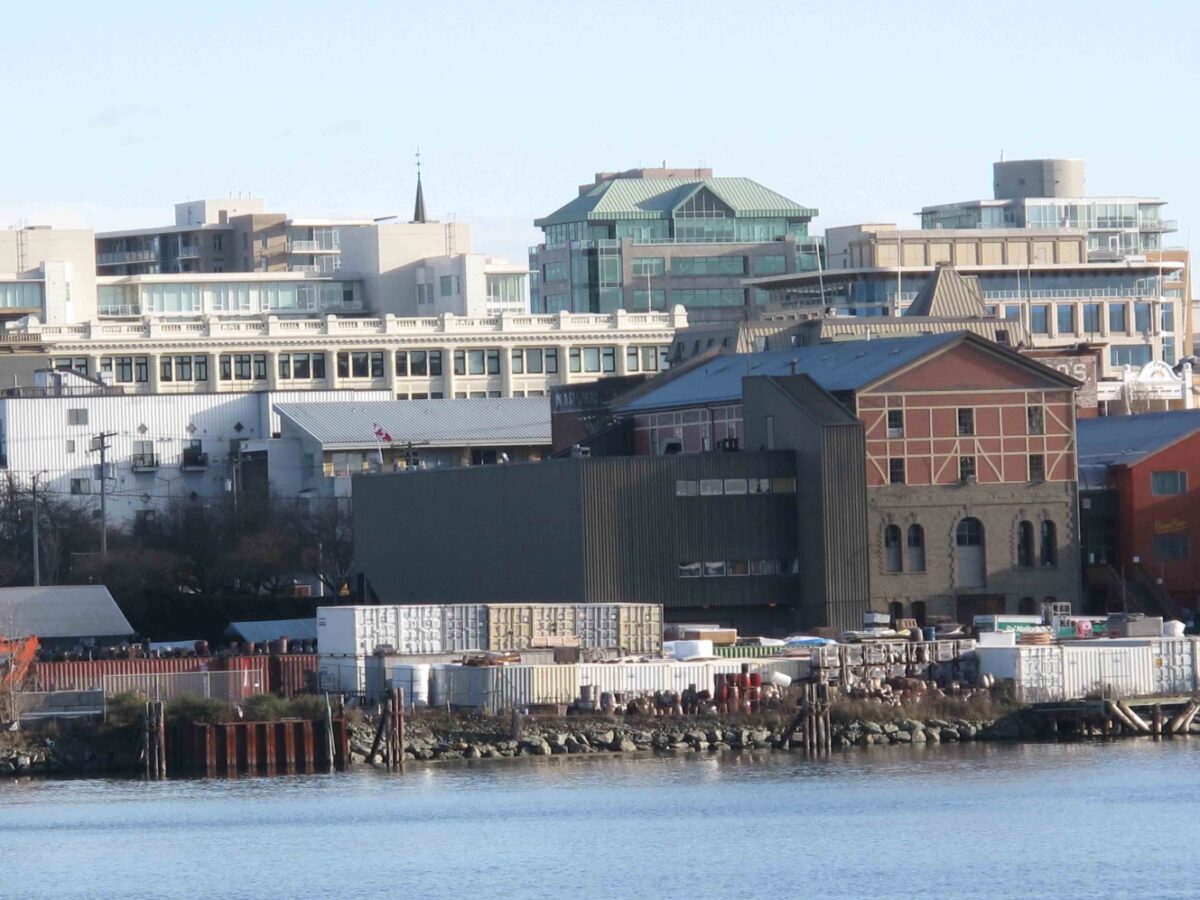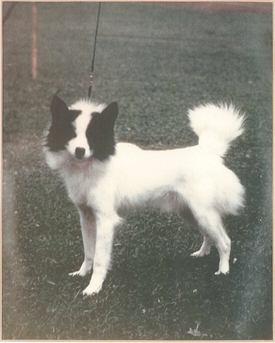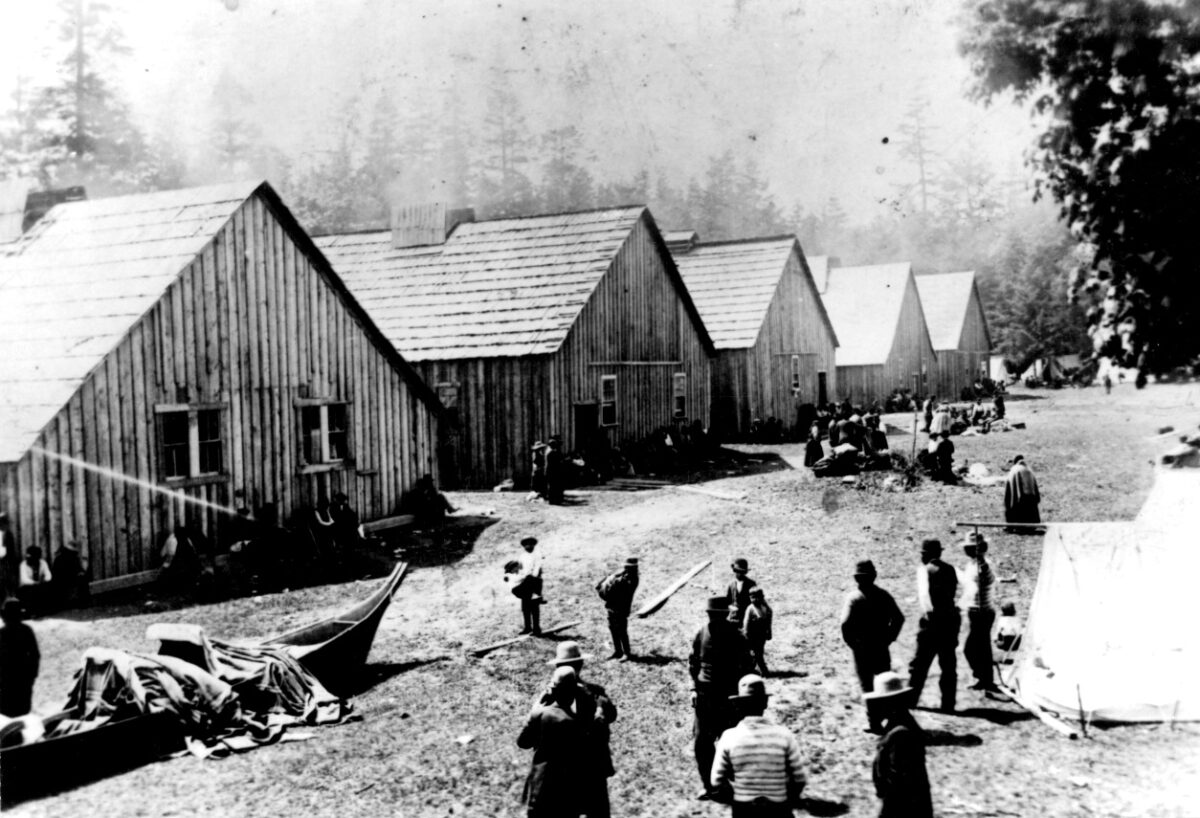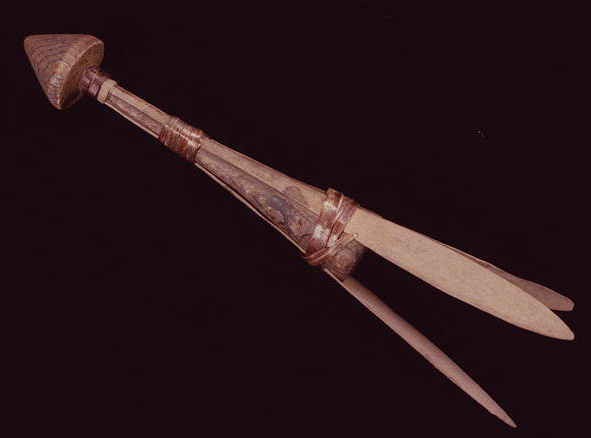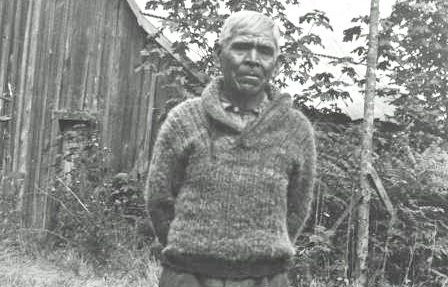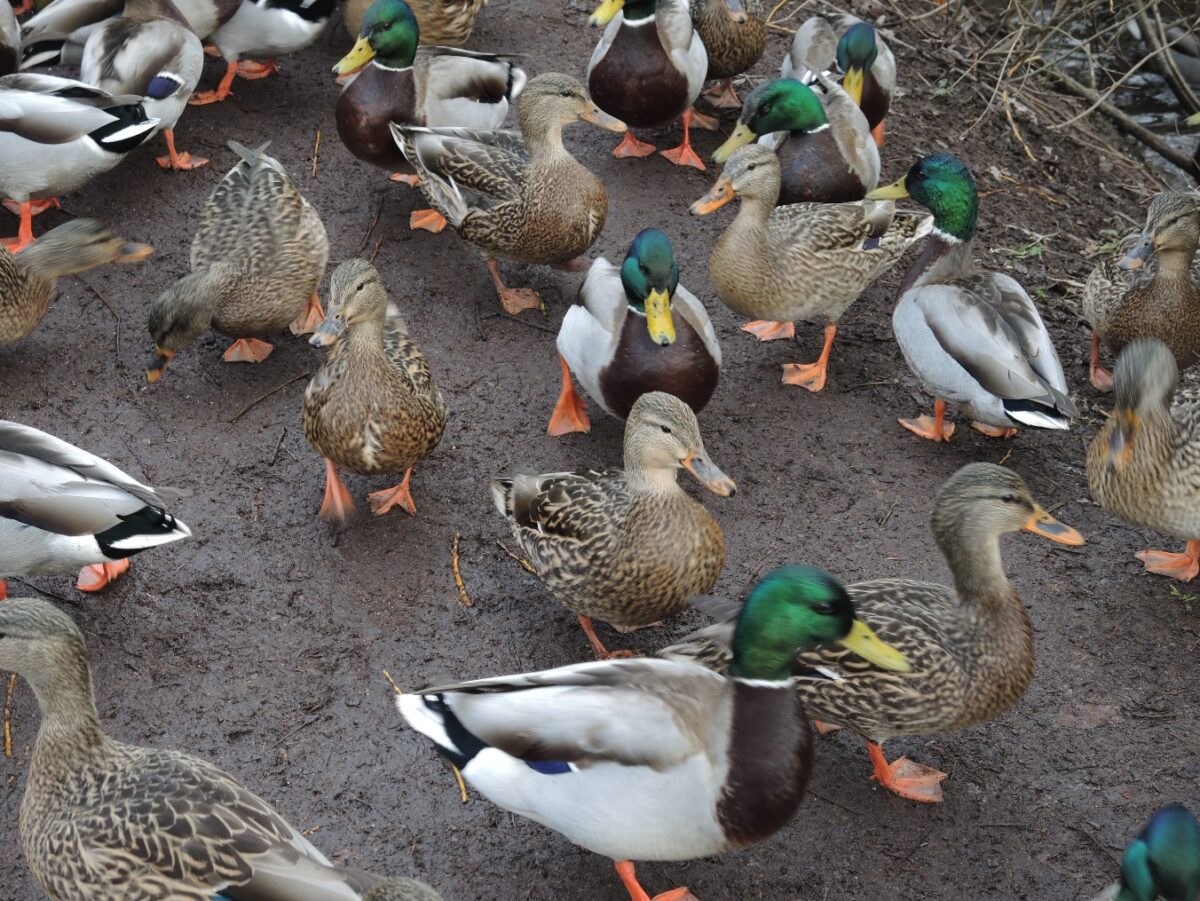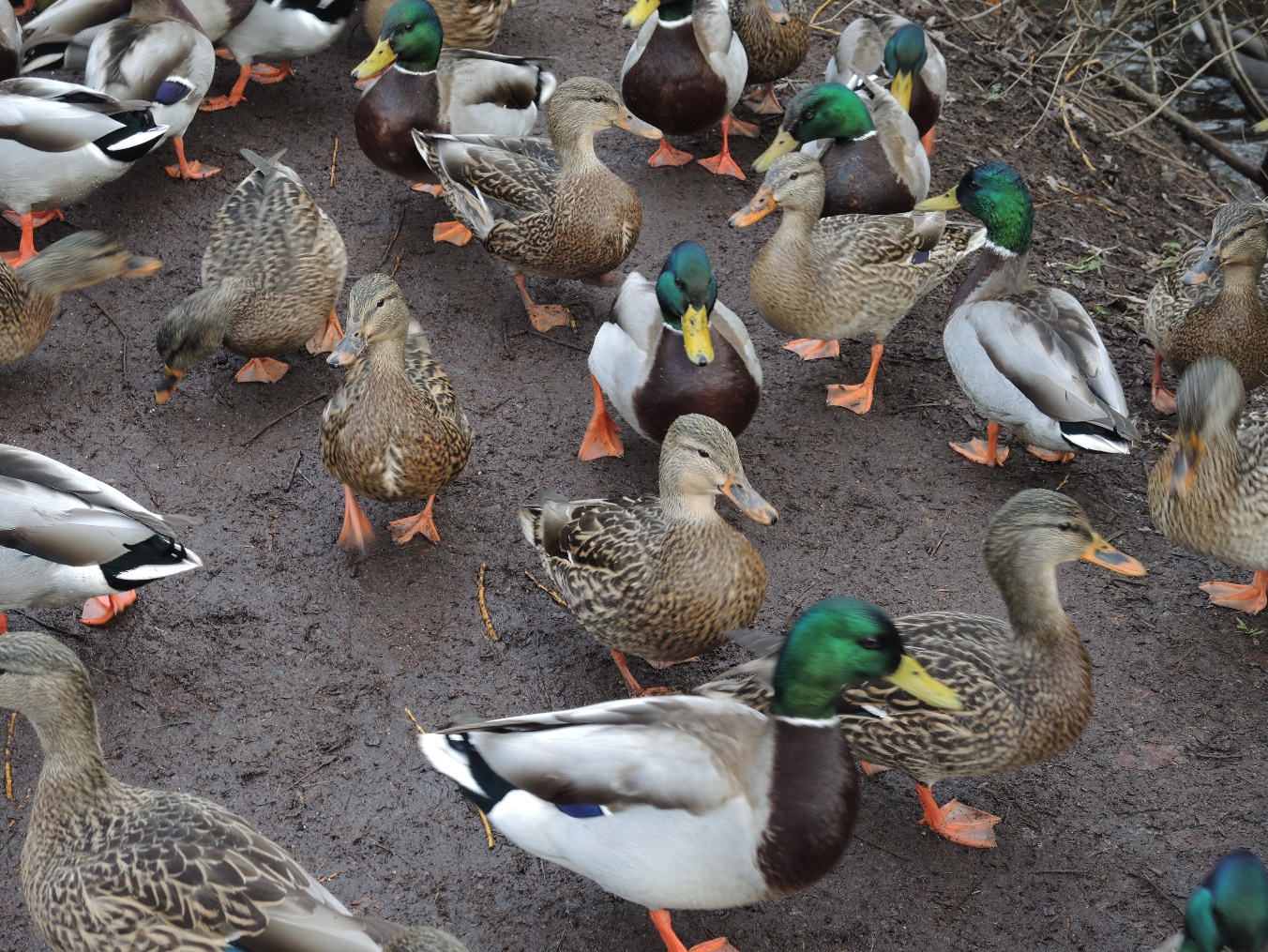
Part 1. Victoria to Sooke. One of things I find fascinating is how humans have represented themselves in ancient times. In S. W. British Columbia and N. W. Washington State, stone seated human figurine bowls have been of most interest in this regard (Duff 1956; 1975; Carlson 1983; Keddie 1983; 2003; Wright 1991; Hanna 1996). These stone figures have been used in various kinds of rituals that will allow us to potentially observe regional differences and diffusion of cultures in the past. All cultures are influenced by their neighbours and these objects are one of the puzzle pieces that will allow us to reconstruct some of those ancient patterns of connection. The finding of most of these stone figures has … Continue reading “Stone Human Seated Figurine Bowls”
